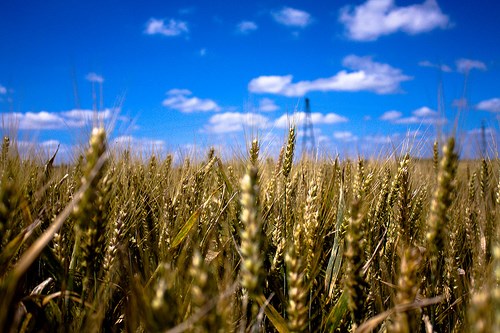The Saskatchewan government announced recently that it was contributing almost $11 million to go toward crop research as well as livestock and forage research. Saskatchewan Agriculture Minister, Lyle Stewart, said that research is important to remain a major player in the agriculture sector.
Industry partner organizations contributed $4.6 million in funding to be distributed to the projects including, for both crop and livestock research, Saskatchewan Wheat Development Commission, Saskatchewan Pulse Growers, SaskMilk, and Sask Pork.
“The main contributor to increased yields and better production of livestock and so on is research. Whether that be research varieties in forage lines and equipment and all of those things. Research is what increases productivity,” Stewart says. “It’s very important our producers have a leg up. We are in a very competitive market … and we have to be able to produce as efficiently as anyone else. Research is a contributing factor.”
$3.8 million is designated for livestock and forage research, while $6.9 million is going to crop research. The numbers are about average for what the Saskatchewan government designates for research every year.
The projects to receive funding were chosen by the Agriculture Development Fund (ADF). The ADF has certain parameters such as market demands, consumer preferences and more.
“They have a number of different outcomes they aim to achieve,” Stewart said.
The ADF looked at 189 letters of intent total sent by individuals and groups looking for funding. From those, 103 were asked to submit full proposals and of those, 42 projects were accepted for crop research and 30 projects were accepted for livestock and forage research.
“It’s quite a process for the board. They do a lot of work on this,” Stewart said.
Research takes time, so Stewart said not to expect any tangible results for at least a few years.
On the crop side, some projects receiving funding include studies to improve lentil varieties, enhance wheat midge resistance in wheat, decrease oil losses from canola dehulling, and reduce the risk of pathogen contamination on fresh fruits and vegetables.
On the livestock and forage side, projects include improving cow and calf performance through diet, developing new forage lines to extend the spring grazing season and investigate options for recycling baler twine and net wrap, and controlling Porcine Epidemic Diarrhea (PED).
Organizations that submitted proposals include the University of Saskatchewan, the Agri-Food Council, the National Research Council, the University of Regina, and the Western College of Veterinary Medicine.
The effects of contributing to research can be clearly seen: 2013 saw the biggest crop on record “by far” and 2014 had the second largest crop on record.
“Research really gives us a leg up,” Stewart said. “I hope it will allow our producers to continue to be competitive in the world and allow them to produce more and better and resist disease issues … produce better forage for livestock, better farming practices, varieties, input on the crop side, just generally make us all better.”




